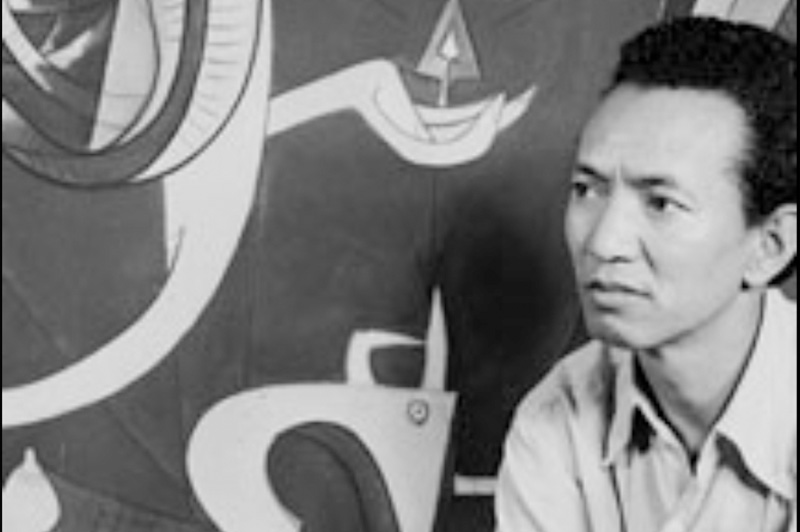Wifredo Lam is a Cuban artist that was born in Sagua la Grande, Cuba, in 1908. From 1918 to 1923 he studied at the School of Fine Arts of La Habana. He finished his studies with the Spaniard artists Fernando Álvarez de Sotomayor y Zaragoza, academic painter, and director of the Museum del Prado, and Salvador Dalí. From the 1930s, he began exploring new plastic languages thanks to his contact with the European avant-garde, especially, Cubism and Surrealism, aesthetic features that survived all his artistic career. Following his return to Cuba, he became the symbol of modern art in his country.
His paintings are characterized by a modern pictorial language, influenced by Surrealism and Cubism. Thanks to those elements, he was able to reflect upon a series of cultural and racial topics related to the Afro-Cuban culture. In 1943 he exhibited The Jungle, monumental oil on canvas that has been seen as one of his masterpieces by the critics. This painting synthesizes the afro and Caribbean topics with a Cubist perspective. Throughout his artistic career, Lam was looking for a true plastic language able to define and depict the cubanía, the true Cuban identity.
